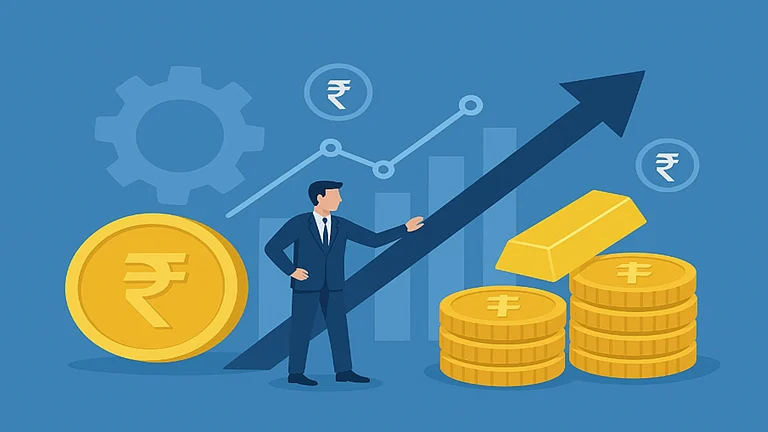Younger Indians increasingly rely on loans for everyday spending needs.
Household debt rises faster than income, mostly through personal credit.
Shift from saving-first mindset to spend-now, pay-later culture observed.
India Shifting From ‘Save First, Spend Later’ To ‘Spend Now, Pay Later’, Says Coinswitch Co-Founder
Younger Indians are increasingly turning to loans and credit for everyday spending, signalling a shift in financial habits, Ashish Singhal, the co-founder of crypto exchange Coinswitch has written in a social media post
Indian household borrowing has been rising steadily in recent years, marking a noticeable change from earlier spending patterns. The rise includes personal loans, credit cards, and other forms of consumer credit which shows changing borrowing habits among households.
Ashish Singhal, co-founder of Coinswitch emphasised this shift in a LinkedIn post. He wrote: “My parents’ generation didn’t like loans. At least not for vacations, not for phones. If you couldn’t afford it, you didn’t buy it. That India is gone.”
He highlighted the rise in household debt with specific numbers, while citing data. He wrote: “Indian households now owe Rs 4.80 lakh per person. Two years ago, it was 3.9 lakh.”
Ashish wrote that this rise in debt is not aligned with income growth, adding that it is increasing at a faster pace. He said more than half of the household debt does not come from home purchases or business investment, but from personal borrowing through personal loans, credit cards and auto loans. People are “borrowing to consume, not to build,” he said.
“A Rs 3 lakh personal loan for a Bali trip, financing an iPhone on EMI, or someone else paying off last Diwali’s shopping on a credit card. None of this is ‘bad’ in isolation. But when an entire generation does it at once, we really need to start questioning things,” Ashish wrote, highlighting the shift in borrowing habits among younger Indians.
He added that India once had a strong culture of household savings with families traditionally saving around 23-25 per cent of their income. But that trend is declining sharply. He attributed this shift to borrowing becoming easier in India, with non-banking financial companies (NBFCs) loans available within five minutes through apps, widespread credit card use, and buy now, pay later (BNPL) options.
Singhal added that salaries have not kept pace with lifestyle inflation, and with everyone travelling, upgrading devices, and living their “best life,” borrowing often turns into a recurring pattern.
He cautioned about the long-term implications of this shift, noting that many may reach their 40s and 50s only to realise that much of their 20s and 30s went into managing equated monthly instalments (EMIs) instead of building financial security.
He said India is witnessing a transition from a ‘save first spend later’ mindset to a ‘spend now pay later’ approach within a short span, and the true cost of this change will become clearer in the years ahead.
